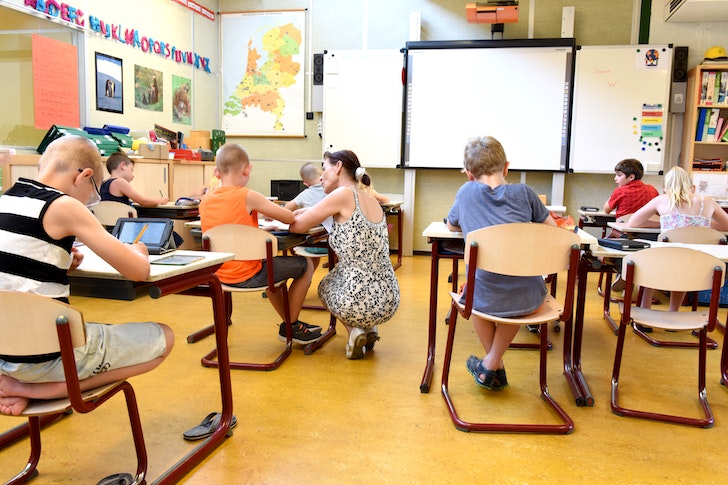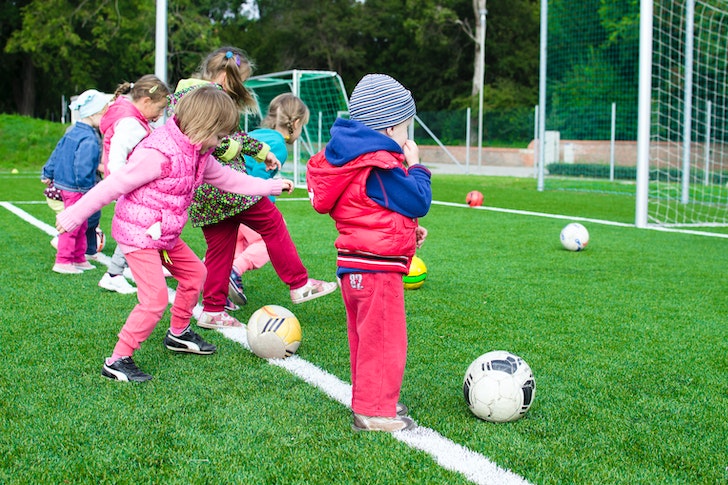
Thinking About Promoting Mental Well-Being In Educational Institutes? Here’s How!

Stressful situations are a part of life. Adults have various issues and problems to contend with, and over time, they eventually find a mechanism to cope with them. Similarly, this is also true for young kids. During the covid19 pandemic, for instance, a lot of children dealt with school closures and social restrictions very well.
However, change is difficult for some people, and children like these find it challenging to cope with uncertainty. While a student’s learning is the utmost priority of schools, a child’s mental health and well-being are just as important. The following are some ways to promote mental and emotional well-being in educational institutions.
1. Seek Suggestions From Students About Creating A Safe And Comfortable Space
A great way to make a child feel comfortable is to engage them in creating ways to make the classroom feel safer, welcoming, and comfortable. However, it is important to keep the school’s safety policies and procedures in mind and respect them. Children can help teachers in decorating walls with welcoming messages, they can work in groups so that teamwork is promoted, and they can help each other learn better.
The most important thing is to appreciate and praise every child’s effort. Teachers have the ability within themselves to foster the feeling of security and safety by developing a good relationship with a child.

Naomi Shi/Pexels | Make a child feel comfortable by engaging them in activities
2. Listen To The Children’ Concerns
The covid19 pandemic was hard on us all, and it has impacted the mental health of the young generation majorly. This is why teachers must listen to every concern that a child may have and illustrate empathy as well as understanding. Teachers must allow all their students to have a personalized conversation with them to discuss all and any concerns they may have.
If a child comes to a teacher with issues that are particularly concerning, the teacher is required to take serious action and ensure proper safety systems are in place in the classroom.

Arthur Krijgsman/Pexels | Listening to the children’s concerns is very important
3. Keep An Eye On Every Child’s Behavior
The teachers must make sure to look out for any behavioral changes in a child. If a change of behavior is noted in a child and it continues for a while, making it difficult for them to interact, play, or function, the teacher needs to seek support and guidance. Teachers can provide ample support to a child when they’re struggling.
However, in such a case, more support is required; it would be wise for a teacher to refer the child to child protection services or mental health professionals if you think the child needs a specialist’s help.

Lukas/Pexels | Change in behavior might indicate that the child needs help
More in Mental Health
-
`
5 Reasons Why Dad’s Side of the Family Misses Out
Family bonds are intricate and multifaceted, often creating a unique tapestry of connections. However, many people notice a peculiar trend: stronger...
July 12, 2024 -
`
A Quick Guide on How to Get Short-Term Disability Approved for Anxiety and Depression
Living with anxiety or depression poses unique challenges, particularly in the workplace, where stress can exacerbate symptoms. For many, short-term disability...
July 5, 2024 -
`
Why Do People Feel Sleepy After Eating?
Is feeling sleepy after eating a sign of diabetes? Well, not directly. There are many reasons why you feel drowsy after...
June 20, 2024 -
`
What Is High-Functioning Depression? Symptoms and Treatment
High-functioning depression may not be a term you hear every day, but it’s a very real and challenging experience for many....
June 13, 2024 -
`
Kelly Clarkson’s Weight Loss Ozempic Journey – Debunking the Rumors
In a refreshing moment of transparency, Kelly Clarkson, the beloved singer and talk show host, sheds light on her remarkable weight...
June 3, 2024 -
`
What Is the Best Milk for Gut Health and Why?
In recent years, the milk section at the grocery store has expanded far beyond the traditional options. While cow’s milk has...
May 30, 2024 -
`
Do Dental Implants Hurt? Here’s All You Need to Know
When you hear “dental implants,” you might wince at the thought of pain. But do dental implants hurt as much as...
May 24, 2024 -
`
5 Key Differences Between A Psych Ward & A Mental Hospital
Curious about the differences between a psych ward and a mental hospital? You are not alone. With the mental health conversation...
May 16, 2024 -
`
It’s Official! “Selling Sunset’s” Christine Quinn & Husband Christian Dumontet Are Parting Ways
Have you ever found yourself unexpectedly engrossed in the personal lives of celebrities, especially when their stories take dramatic turns? Well,...
May 9, 2024










You must be logged in to post a comment Login